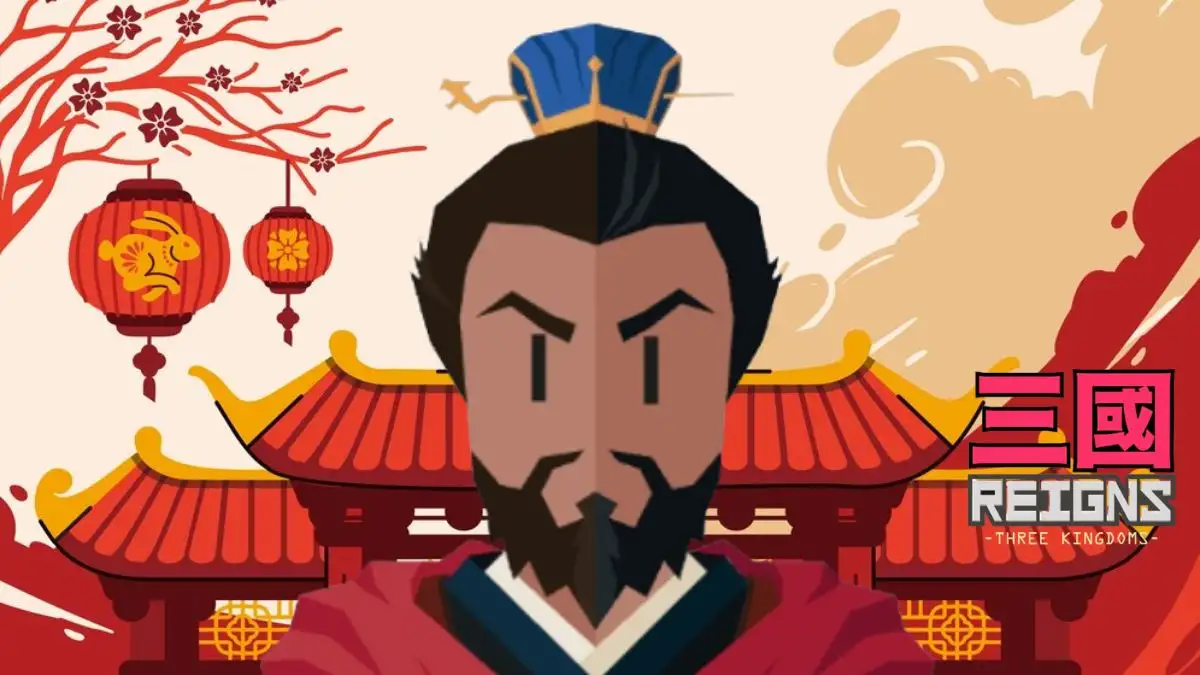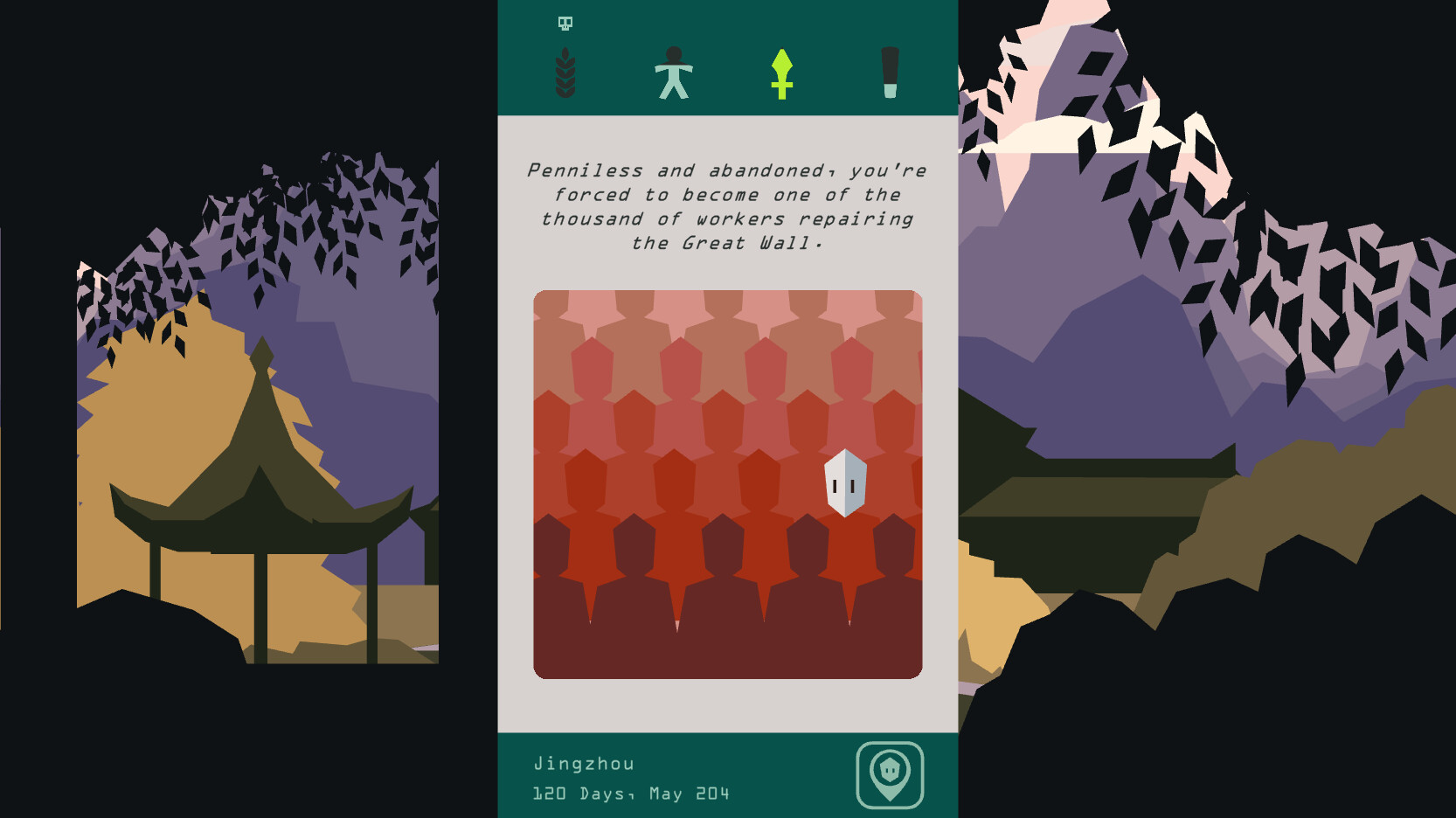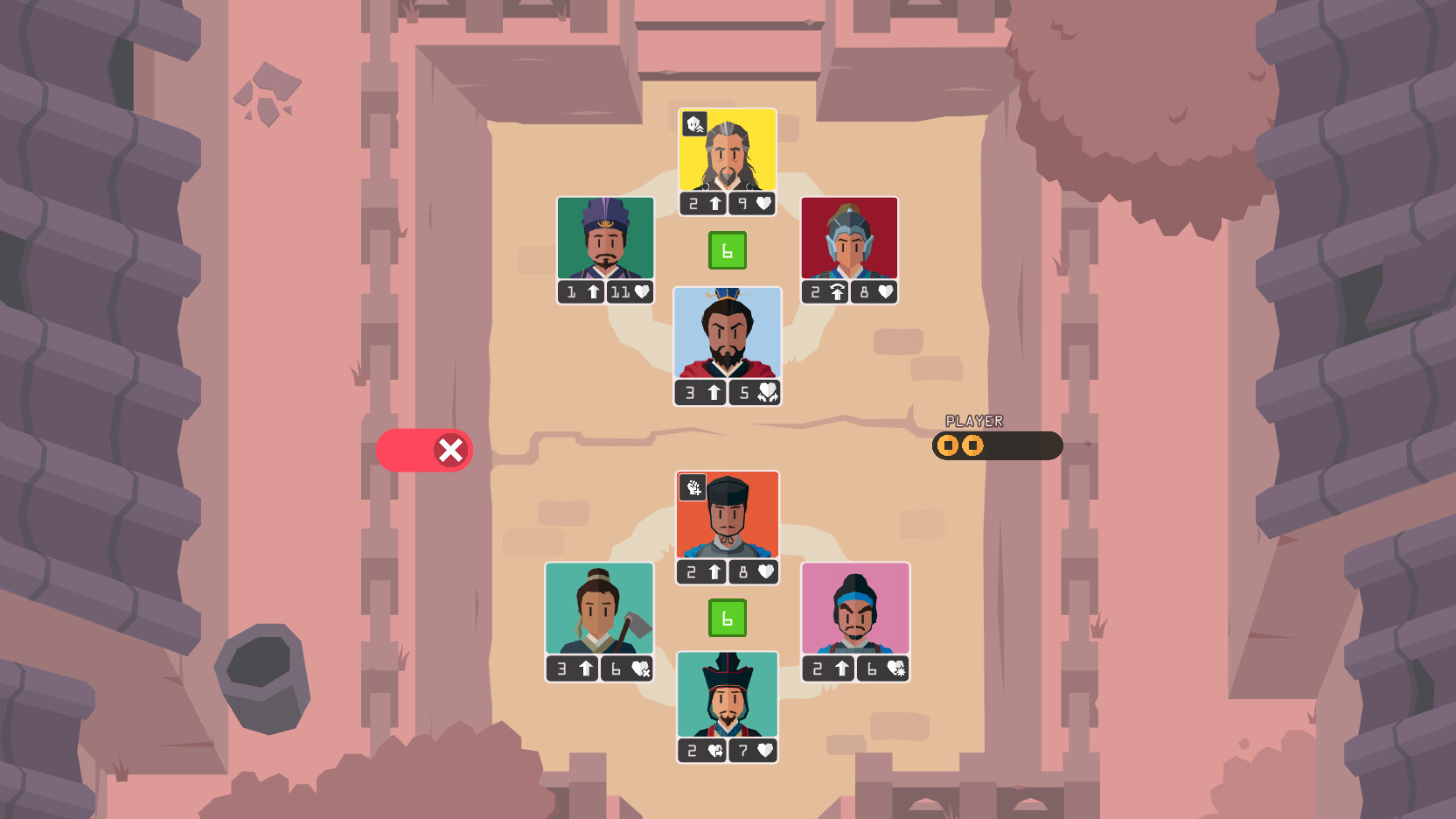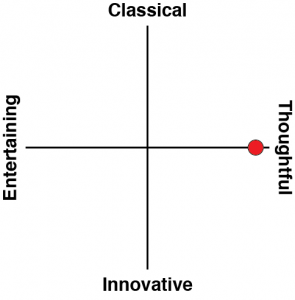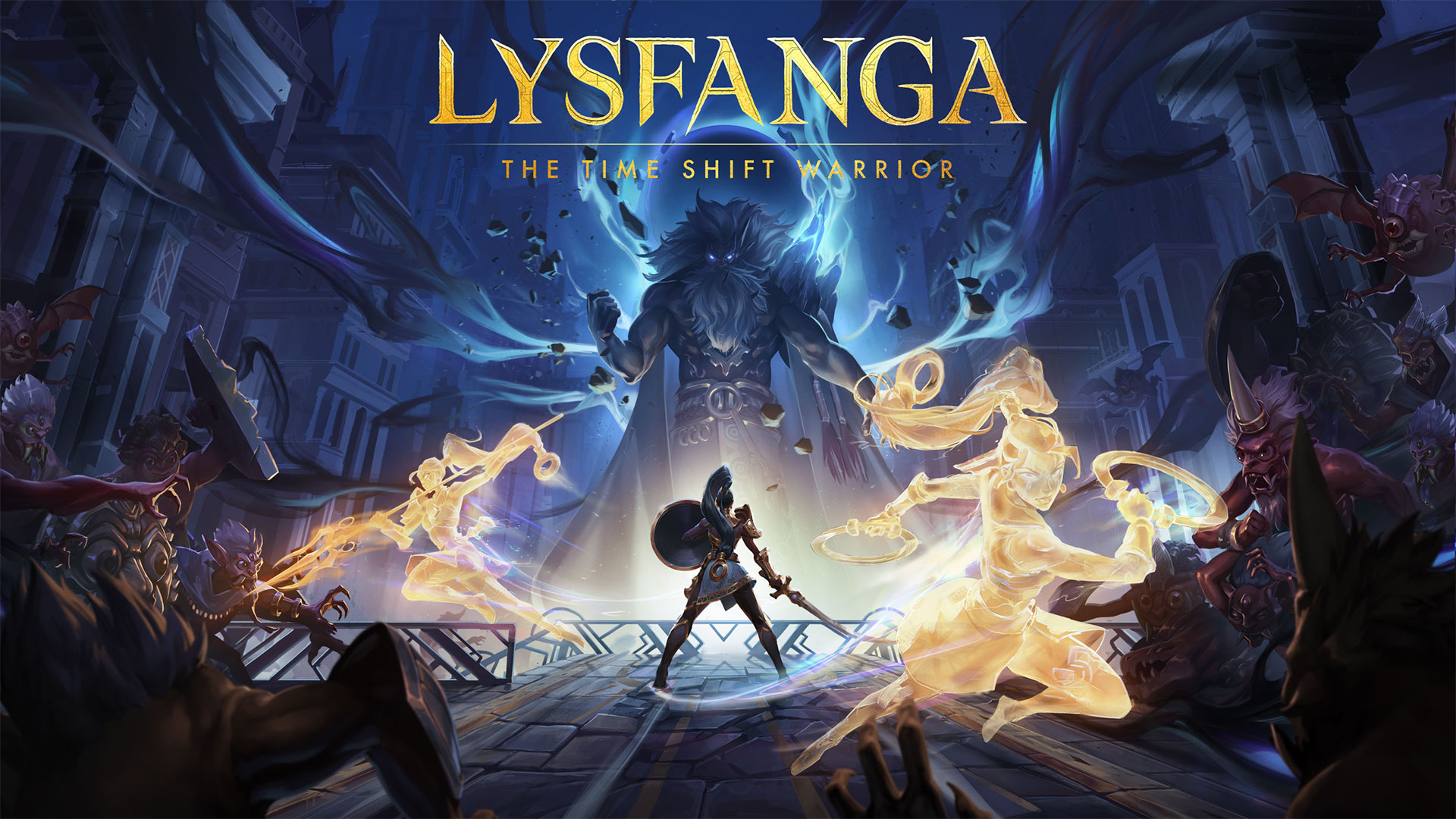Reigns has become a substantial little platform that the developers, Nerial, and publisher, Devolver Digital, never thought would extend as far as it has. Yet it has, and now it seems like there’s no end to what the developers can do next, now that they’re tapping into everything from popular licenses to real-world concepts. Reigns: Game of Thrones is arguably the finest Game of Thrones video game yet. Beyond is a trip and a half for anyone who likes science fiction from the 60s to 80s. And now there’s Reigns: Three Kingdoms.
Reigns: Three Kingdoms has everything Romance of the Three Kingdoms was well-known for. It starts with the Yellow Turban rebellion and then takes you through the events that dominated China through the rule of Liu Bei, Cao Cao, Sun Ce, and the other major leaders. As you journey through the narrative you get to enjoy the fluid alliances and political intrigue, recruit heroes to your cause, and even find spouses to wed.
There is even battle, with a simple turn-based combat system tasking you with building up a small army of followers and then clashing with other personalities of the era. It’s very minimalist, to be sure. You’re not playing Magic: The Gathering here. But it is very effective as a narrative tool: The Three Kingdoms was a time of endless strife, and the presence of that battle mode conveys that better than the Reigns standard gameplay of Tinder-like “swiping left or right to make binary decisions and progress the narrative” does.
As Rebecca Jane Morgan summarised nicely in her essay Beginner’s Guide to Romance of the Three Kingdoms: “The list of petty regional lords and pretenders to the throne is gradually whittled down until there remains a triumvirate of challengers — Liu Bei’s Shu-Han, Cao Cao’s Wei, and Wu under the Sun family. What follows is an epic, winding tale of political and military intrigue, plots, assassinations, battles of wit, moral dilemmas, and an ever-changing web of alliances and loyalties. Each kingdom has its moments of triumph and disaster, and their rulers all declare themselves to be the sole legitimate emperor.” In Reigns, all of this is there. The combat system handles battlefield dramas, and the swipe system neatly summarises the social dynamics. In fact, it’s almost the perfect way to approach it, because often these leaders were capricious, and it’s not a stretch of the imagination to believe that their real-world approach to making decisions was to basically “swipe left or right” based on whims, too.
Sadly, Reigns doesn’t always get it right. It seems like the developers have lost control over the decision flowcharts, since you can take actions and then have cards and events down the track directly counter those decisions. Kill a major general by swiping right? Imagine your surprise when he shows back up again after a leftwards swipe a few turns later. Make a character a sworn enemy one moment and then he’s your best friend because of a few fortuitous further swipes. The original Reigns hid this better… or, at least, was able to embrace the chaos in a way that a real-history setting cannot. You’ll still be able to follow the overarching plot, but sadly there’s a lot of moment-to-moment play where the developers don’t seem to have been particularly concerned with continuity.
As with all Reigns games, each decision you make will affect one of four “bars” across the top of the screen, representing food, the love of the people, military strength and so on. The goal is to keep your “score” in each of those bars close to the middle. Ever fill one up completely (or let another empty out), and your character will die horribly somehow. Thankfully, in the world of Reigns: Three Kingdoms, all that the death of a character means is that the heir takes things up the baton and continues things fresh.
From a mechanical gameplay perspective, this makes sense, because otherwise Reigns: Three Kingdoms would be an impossibly long adventure if you started at the very beginning each time. However, from a thematic perspective, it’s a baffling decision since the core of the Three Kingdoms story is that rulers’ whims have consequences. Here the consequences are barely more inconvenient than a second of time wasted.
Ultimately this does undermine the game in its biggest moments. Those epic scenes, like the Battle of Chibi, become lost in the motion of whipping through cards, barely thinking about the decisions because the stakes are so low.
As a proof of concept, Reigns: Three Kingdoms is intriguing. As far as allowing players to travel through history (and/or literature) and play out “what if” hypothetical scenarios based on moral decisions, there is clearly a lot of potential here. Is there a future where we can talk sense into Napoleon before he marches on Moscow, or give Romeo & Juliet a happy ending? Reigns could well give that to us. For it to truly work, though, the developers just need to manage continuity and introduce a sense of consequence to our actions when trying to reverse history. That way, when we successfully do achieve something, we can feel like actual heroes in the story.
Buy the hottest games with Amazon.
By purchasing from this link, you support DDNet.
Each sale earns us a small commission.
